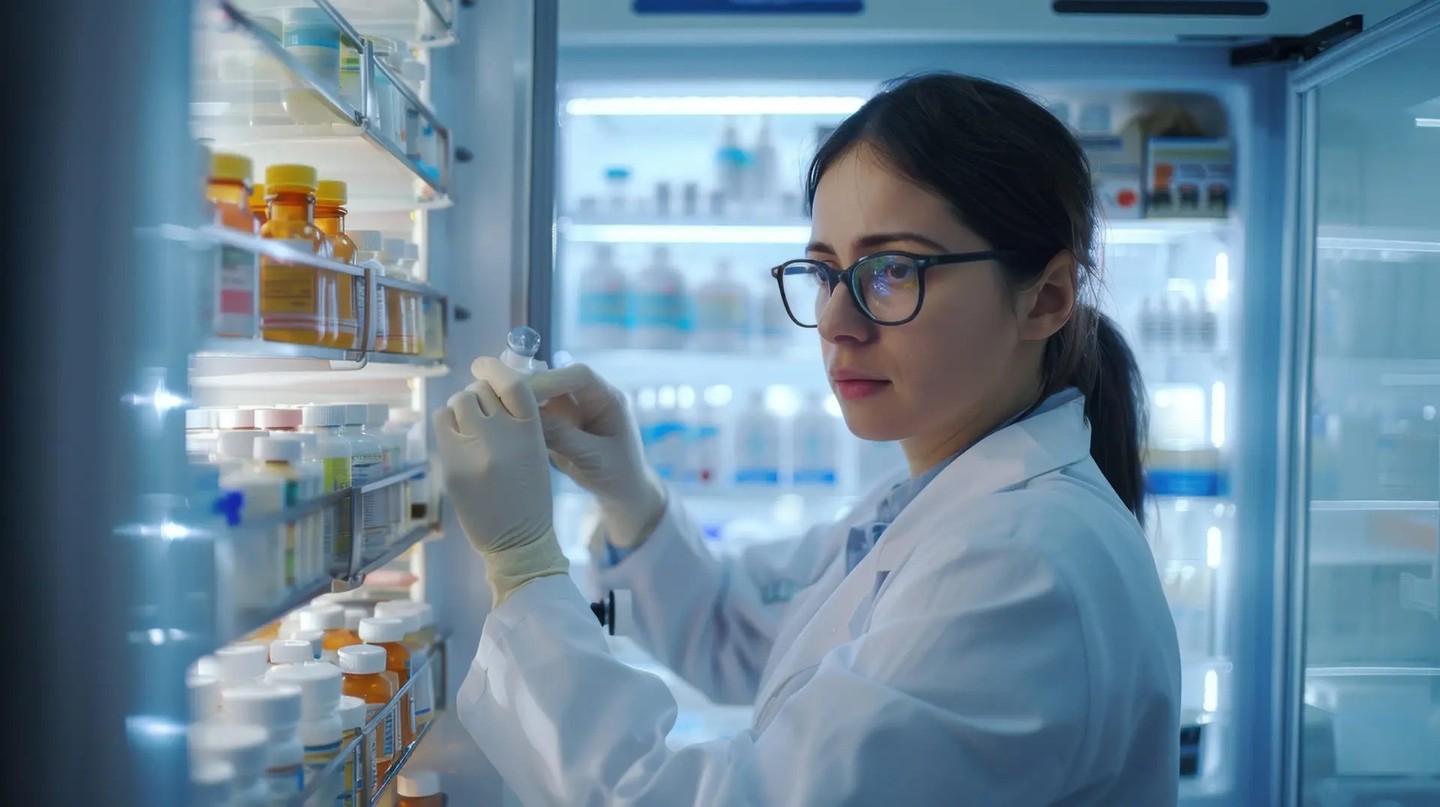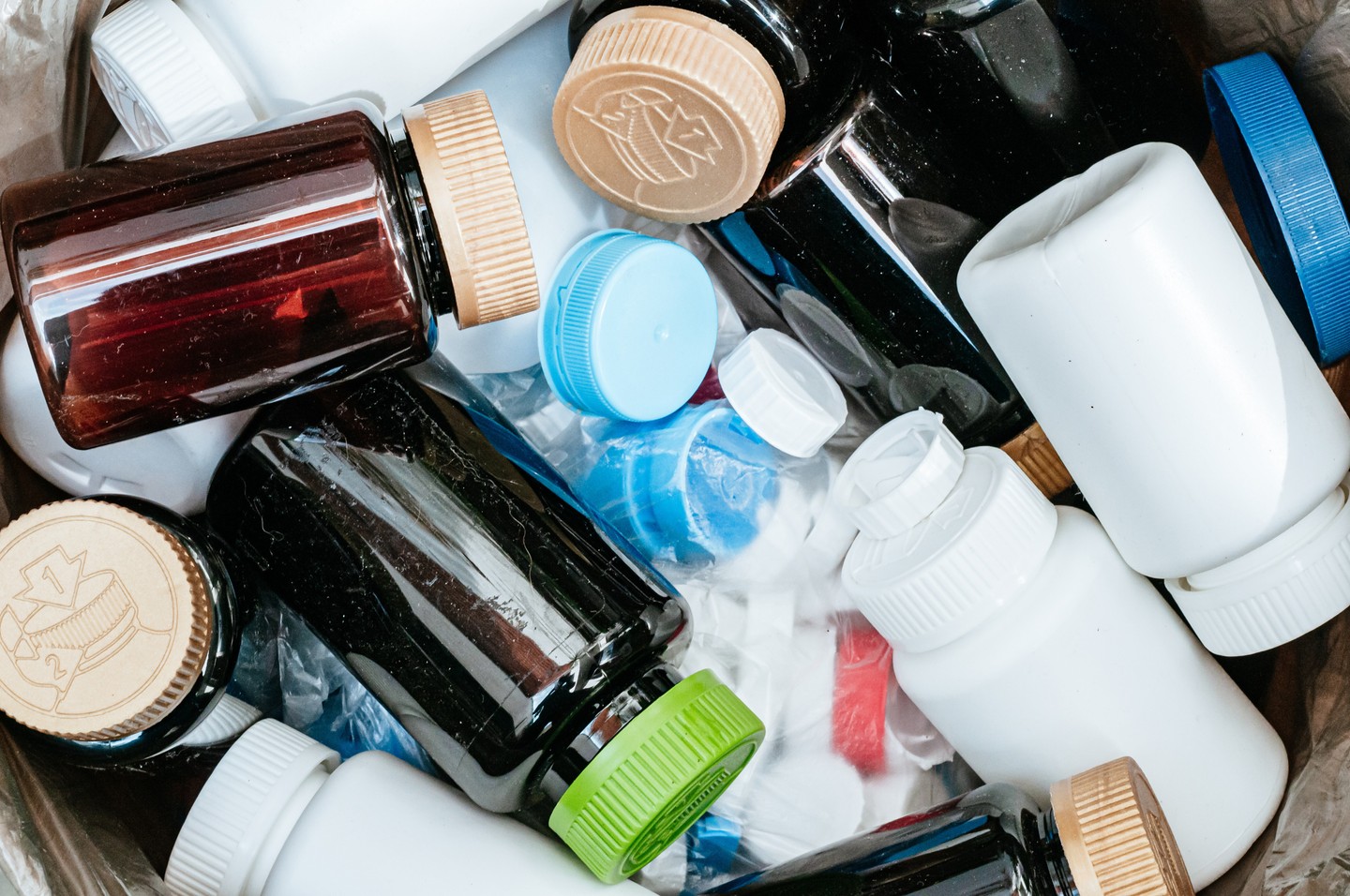The rising demand for chemotherapy containers reflects the increasing prevalence of cancer and the growing need for safe and effective treatment options. Chemotherapy is a crucial component of cancer therapy, and the containers used to store and administer chemotherapy drugs play a vital role in ensuring the safety and efficacy of the treatment.
Here are some key considerations to ensure safe and effective treatment with chemotherapy containers:
Container Design and Materials: Chemotherapy containers should be specifically designed for the storage and administration of chemotherapy drugs. They should be made of materials that are compatible with the drugs and resistant to chemical interactions. Commonly used materials include polypropylene, polyethylene, and glass. The container design should incorporate features that prevent leakage, evaporation, and contamination.
Compatibility and Stability: Chemotherapy drugs are often potent and can be affected by various factors such as light, temperature, and pH. It is important to select containers that maintain drug stability and prevent degradation during storage and transportation. Compatibility testing between the drug and the container should be conducted to ensure that there are no adverse interactions that could compromise drug efficacy or safety.
Proper Labeling and Identification: Clear and accurate labeling of chemotherapy containers is crucial for proper identification and to prevent errors in drug administration. Containers should be labeled with information such as drug name, strength, concentration, lot number, and expiration date. Color-coded labels or other visual aids can help distinguish chemotherapy containers from other medications, reducing the risk of confusion.
Safety Features: Chemotherapy containers should have safety features to minimize the risk of accidental exposure to healthcare providers and patients. For example, child-resistant closures can prevent unauthorized access to the drugs. Additionally, containers should be designed to prevent needle sticks or other injuries during drug preparation and administration.
Compliance with Regulatory Standards: Chemotherapy containers should comply with applicable regulatory standards and guidelines, such as those set by the U.S. Food and Drug Administration (FDA) and international organizations like the International Organization for Standardization (ISO). These standards ensure that containers meet specific quality, safety, and performance requirements.
In summary, ensuring safe and effective treatment with chemotherapy containers requires attention to container design, compatibility and stability of drugs, proper labeling and identification, safety features, compliance with regulatory standards, proper handling and disposal, quality assurance, and effective communication and collaboration. These measures collectively contribute to enhancing patient care and minimizing risks associated with chemotherapy administration.
This content, Rising Demand for Chemotherapy Containers: Ensuring Safe and Effective Treatment, was originally shared by www.newstrail.com on May 23, 2023.











